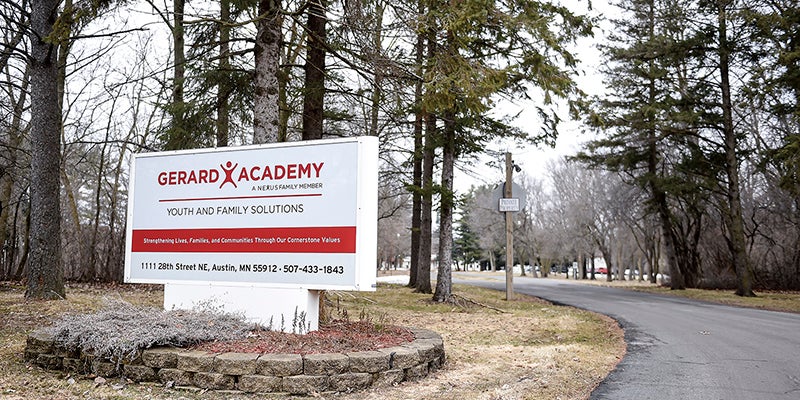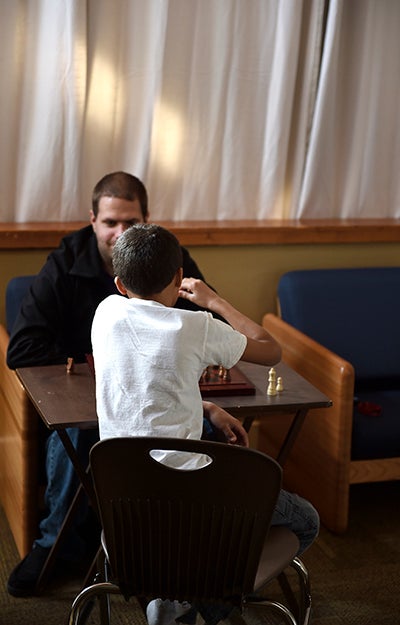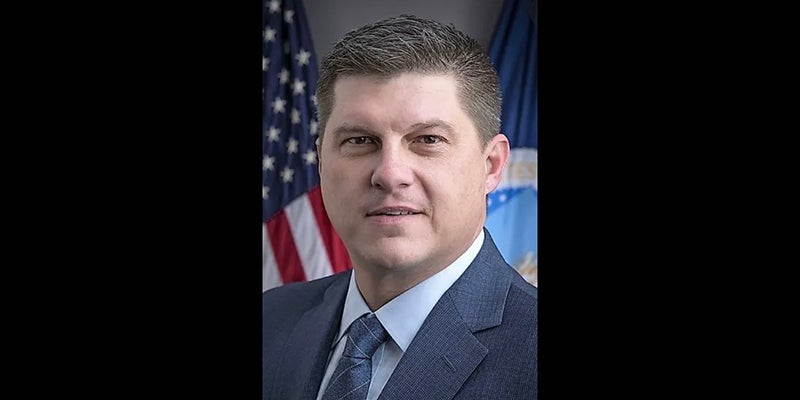Being Proactive: Gerard Academy coping with unique challenges in the face of COVID-19
Published 7:01 am Wednesday, March 25, 2020

- As the nation continues to struggle against COVID-19, Gerard Academy faces challenges some places in Austin don’t have to. Eric Johnson/photodesk@austindailyherald.com
|
Getting your Trinity Audio player ready...
|
As COVID-19 continues its swift spread across the globe, many places, including Austin and Mower County, began closing schools while at the same time casting an eye towards e-learning.
As the spread continues and cases take a sharp spike, that alternative is looking more and more likely. Currently districts throughout the state are enjoying an elongated spring break with districts setting Monday as a return to school in some fashion or another.
However, as schools close their doors, Gerard Academy in Austin and its New Dominion School are facing a different kind of challenge. Although the school follows the APS curriculum, they are not in a position to simply send children home. Instead, they are sheltered on campus, without being able to receive visitors.
“It’s kind of a whirlwind,” said Executive Director Karen Wolf. “We’re trying to be proactive, stay ahead of what’s happening and plan for the worse case scenario.”
The timing of the suspension of classes came at a fortuitous time as Gerard was also on spring break. Staff took the time to ensure that kids could be distracted by what was going on in the world around them, diminishing the anxiety of the children as they struggle with not being able to see family outside of Gerard.
“I think there is some anxiety and we’re really trying to help,” Wolf said. “We try not to have news playing, which creates a lot of anxiety. Where they’re most upset is around visits and not going home as much with their family.”
As spring break approaches, however, Gerard and New Dominion will have some of the same hurdles other schools will have, such as how to approach learning when social distancing is required.
Currently, Gerard staff are trying to keep groups limited to those kids who are already in specified housing units on campus, limiting interaction with other groups.
And like everybody else, special emphasis is being given to disinfecting and cleaning.
All of this leaves Wolf concerned for the wellbeing of kids attending Gerard.
“We’re trying to find a lot of fun stuff for kids to do,” she said. “Fill the time with some activities, get outside. It’s really scary for kids when they can’t go see their family.”
That doesn’t change the fact that education will still need to continue.
“We’re working on how we’re going to educate kids,” Wolf said. “Through the use of video conferencing, teachers will be here to support learning. We’re prepared if spring break ends and we can go to online learning.”
Another aspect of Gerard that is being affected by the COVID-19 outbreak is its outreach services into the community. Dr. Lindsey Lilly is a psychologist at Gerard who provides assessments and therapy and she said there are four different areas that are of concerns of professionals such as herself: resources for teens, consideration of ambiguous loss, vicarious traumatization and lack of structure.
The spread of the coronavirus is upending everybody’s life through social distancing measures and this can have a negative impact on kids forced to cope with a very adult issue.
“There are four different things that we are working on: resources and immediate needs,” Lilly said. “For the teens in Austin, resources are a big deal. ‘I don’t have toothpaste, mom’s being laid off, we can’t afford food.’ The second thing is what I consider ambiguous loss. Some of these kids were involved in activities, sports, prom: ‘It’s my senior year. I’m not going to get to go to my senior prom. This was my time to shine.’ It’s really being able to talk them through that and to process that.”
Helping kids deal with traumatization is another important facet.
“The third thing is vicarious traumatization,” she continued. “That’s really being traumatized by everything they are seeing and hearing. It’s getting all this information. We really have to work at breaking down what is true and if it is true, can we put a plan in place to get through this.”

Staff at Gerard Academy are spending a lot of time keeping residents happy with games and activities. Herald file photo
Finally, it’s the lack of structure that might be caused by lives tipped upside down.
“Structure is so important in families and youth,” Lilly said. “Kids need to know who to depend on. That’s when we start seeing negative behavior (if that breaks down).”
On top of all that are those things children are dealing with outside of anything having to do with COVID-19.
“On top of (COVID-19), whatever they came to me for originally is probably still going on,” Lilly said. “It’s balancing time. Are basic needs being met?”
The whole thing can be tricky when opening up this new uncertain world to children. Lilly urges to practice caution when introducing the subject of COVID-19 to children. Oftentimes children are taking cues from their parents. If a parent is worried, that will imprint on children.
Lilly stresses that for children to better deal with the pandemic, parents need to remain calm and take steps to introduce it gradually. Only tell them what you think they are ready to understand.
“Take that step back, calm down,” Lilly said. “Open conversations and take the time to think before teaching. My clinical opinion is, I believe truth is very important, but you have to understand where your child is at, what they understand. If your child doesn’t understand the need for respirators don’t walk about respirators.”
“It’s being cautious and being aware,” she added. “Awareness is something we have to be conscious of, and our interactions and behaviors.”
As health professionals around the country start to feel the strain, Wolf stressed that Gerard will continue to work with the community through the pandemic.
“We’re working to get everybody ready to meet the needs of the community through things like telehealth,” Wolf said. “We plan to keep meeting those needs. This is a very stressful and hard time and we are going to meet the needs of our community.”





